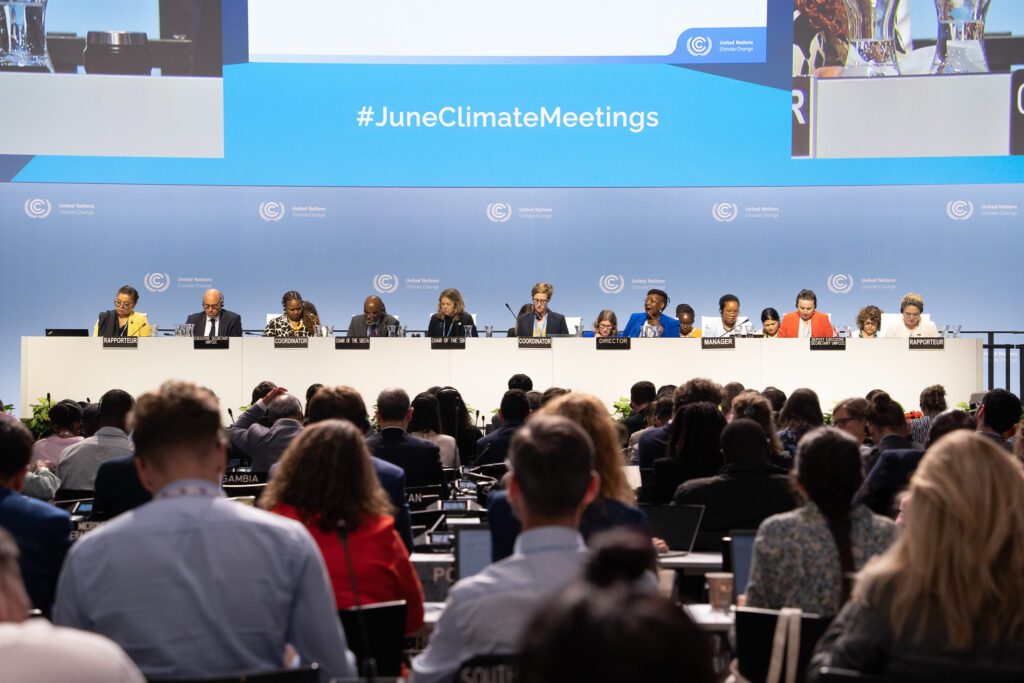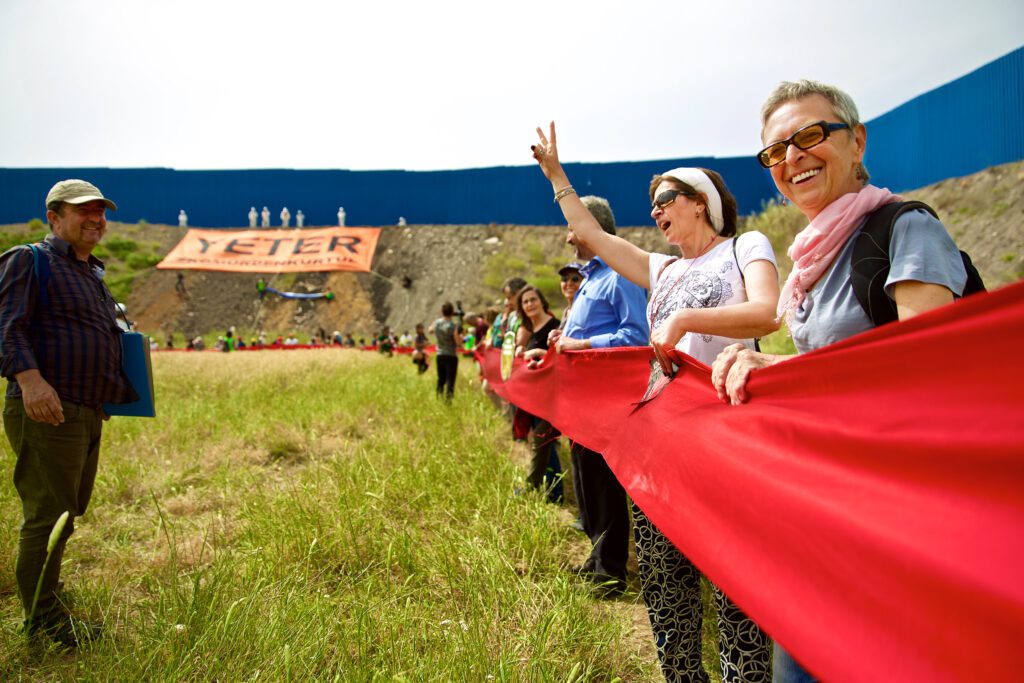Billions of dollars in climate finance flow annually from wealthy nations to the Global South. Yet, Türkiye – one of the largest recipients of this funding –struggles with transparency, raising questions about where the money truly goes and whether it delivers on its promises.
The world’s wealthiest nations, largely responsible for the global surge in CO₂ emissions, have pledged climate finance to support vulnerable countries in the Global South. At the COP15 climate summit in 2009, they committed to mobilising $100 billion annually by 2020 to help developing nations address the impacts of climate change. Building on that promise, the COP29 UN Climate Conference agreed to triple climate finance flows to these countries –aiming to protect lives, strengthen resilience, and support sustainable development.
This funding is meant to help them brace against the mounting challenges of climate change. Funded projects are typically categorised based on their objectives: they may focus on mitigation, or adaptation, or be classified as cross-cutting if both mitigation and adaptation goals are equally prioritized.
Developed countries, including all EU member states, are required to report their climate finance contributions to the UN’s climate change department, UNFCCC, every two years. However, the data provided often lacks the granularity and detailed insights available in a database maintained by the OECD. For greater accuracy and clarity, the figures referenced in this article are drawn from OECD data.
“There is no standardised sustainability reporting of the banks. Each bank has a different approach to how they report on sustainability”
Selen Baykara, Finance Campaigns Officer at 350 Türkiye
Most of Türkiye’s bilateral climate funding comes from France and Germany, predominantly as loans rather than grants. Approximately half of France’s climate finance and 70% of Germany’s climate finance for Türkiye was given to public and private banks. These funds are generally supposed to finance projects in the renewable energy sector, which would help to cut emissions from Türkiye’s fossil fuel-dependent power supply.

Casper Van der Tak, a climate finance expert at Nutawa Sagl, told AMWAJ that development banks like the French Development Agency (AFD) and the German Development Bank (KFW) closely monitor how their climate finance is used. He highlights that when these banks lend directly to other banks, which then distribute the funds further (a process known as “on-lending”), there can initially be uncertainty about how the money will be used.
However, once the projects are approved, the lending portfolios of the intermediary banks provide a reasonable indication of where the funds are directed. Van der Tak pointed out that the real challenge arises when loans are extended to small and medium-sized enterprises (SMEs) through these development banks, as tracking the environmental impact of these smaller projects becomes much more difficult.
While public and private banks in Türkiye disclose the amounts they receive from development banks in their annual reports, they do not provide details on the specific projects funded by these loans.
NGO 350 Türkiye assesses the sustainability of banks by evaluating whether they continue to finance fossil fuel projects.
“There is no standardised sustainability reporting of the banks. Each bank has a different approach to how they report on sustainability,” Selen Baykara, Finance Campaigns Officer at 350 Türkiye, told AMWAJ

According to the Banking Regulation and Supervision Agency (BDDK), sustainability reporting for banks in Türkiye faces significant challenges due to the lack of a green classification system, or taxonomy. A good example of a green classification system, or taxonomy, is the EU Taxonomy for Sustainable Activities. This system categorises economic activities based on their contribution to environmental objectives, helping to define and differentiate investments that align with sustainable finance goals.
Without such a framework, financial instruments cannot be labeled for their sustainability impacts. Moreover, no data is available on carbon emissions, which makes it even more difficult to assess the climate benefits of projects.
The absence of carbon emissions data and standardised sustainability reporting practices makes it challenging for banks to manage climate-related risks and direct funds to environmentally sustainable projects. Nevertheless, Türkiye continues to receive the majority of its climate financing through public and private banks.
As of January 1, 2027 Türkiye will be implementing a National Green Taxonomy that aligns with the EU taxonomy to promote green investments and prevent greenwashing.
As Turkish banks increasingly tap into international markets and align themselves with European funding sources, their exposure to taxonomy-aligned disclosures will intensify. Banks that fail to adapt may face reputational risks, limited access to green capital, and rising demands from investors for transparency on climate-related activities.
On the other hand, those that proactively integrate taxonomy criteria into their risk assessment and lending practices stand to benefit from enhanced credibility and expanded financing opportunities. This regulatory shift could ultimately reshape the strategic direction of Turkish banks, pushing them to play a more active role in financing the country’s green transition.
“With the implementation of the taxonomy, banks will provide greater transparency regarding the use of climate finance loans,” says Zeynep Akkaş Çağlar, a lawyer and director of the sustainability department, at TEVETOGLU Legal.
This article was developed with the support of Journalismfund Europe.
